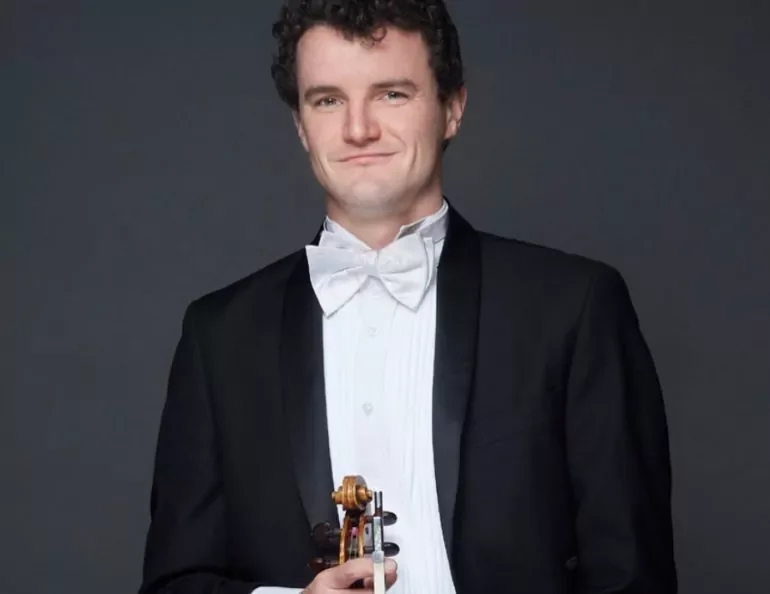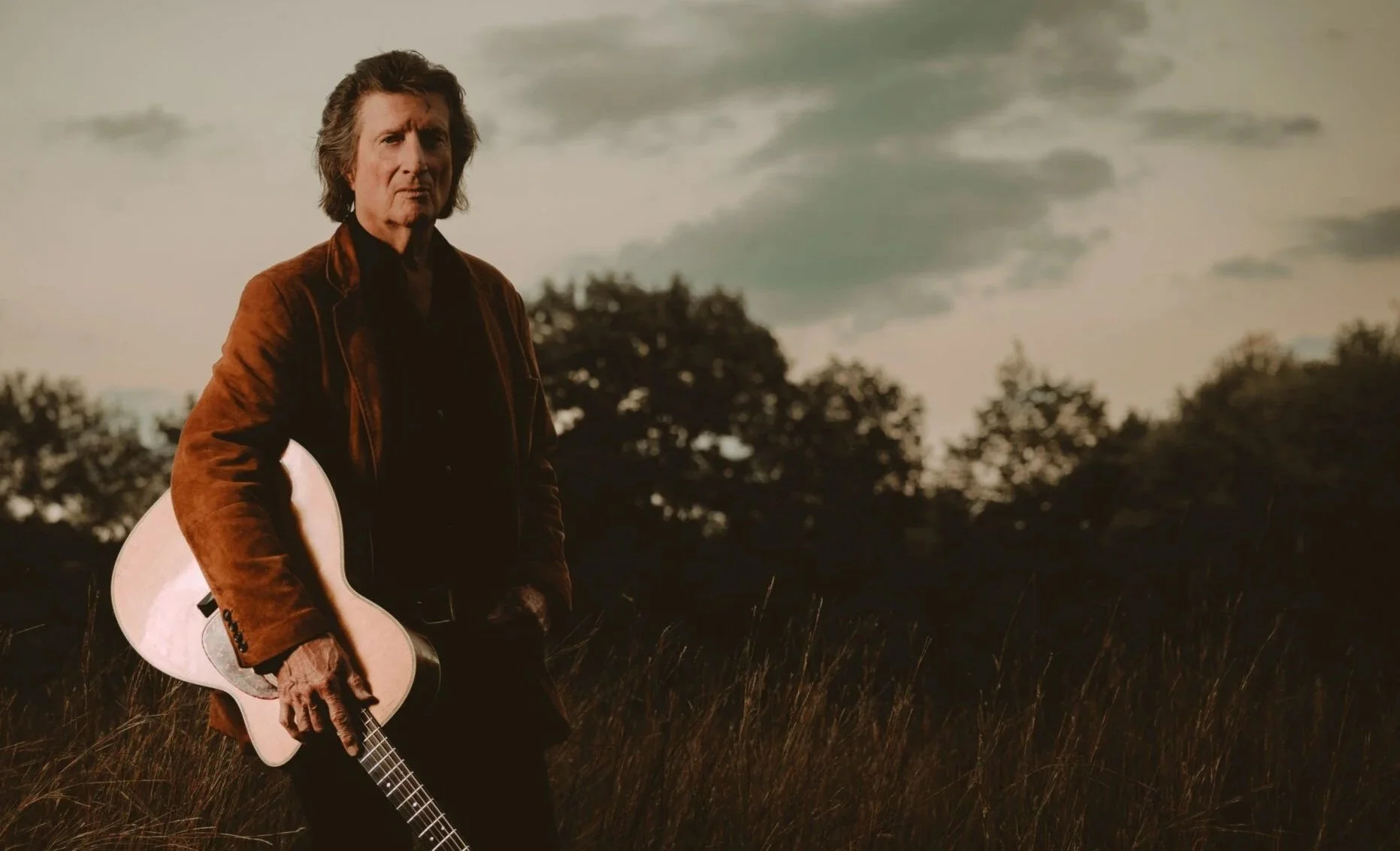Earthquake science meets interdisciplinary performance in Fallen City
Siblings Lan, Dorian, and Li Tung collaborate with diverse artists to raise awareness of seismic risk through live music, video projection, and more
From left: Dorian, Li, and Lan Tung.
Proliferasian, C-Works, and Sound of Dragon Society present Fallen City on September 11 at 3 pm at the Annex
THERE’S ONLY ONE way to make a martini, but when it comes to art it’s possible to be both shaken and stirred. For proof, attend Fallen City at the Annex this weekend, and be prepared to encounter an event that combines live music, painting, sculpture, sound design, video, and hard science, all in the service of raising awareness about earthquakes and how to survive them.
The team behind Fallen City is as unusual as the menu it has prepared. Driving the project are three Taiwan-born siblings: Li, Lan, and Dorian Tung. Li is a painter who combines both Chinese and western elements in works that range from meditative abstracts to cheerful cat portraits; Lan is a virtuosic performer on the violin-like erhu who frequently ventures into small-group improvisation and large-scale composition; Dorian is a UBC-trained structural engineer specializing in resilient buildings designed to survive massive upheavals of the earth. Joining them are the other members of Lan’s quartet Proliferasian: JP Carter on trumpet and electronics; Dailin Hsieh on zheng, or Chinese zither; and Kevin Romain on percussion. Arne Eigenfeldt and Jeremy O’Neill contribute the software and sound design that will animate a set of sculptural pendulums “played” by Li Tung, and another set of Taiwanese-Canadian siblings, the Chimerik 似不像 company’s Shang-Han and Sammy Chien, will contribute both pre-recorded and live visuals.
It is truly an all-star cast, all working in service of something that should be of profound interest to anyone who lives in Vancouver, surrounded as we are by geological fault lines, slumbering volcanoes, and a tsunami-prone ocean.
At the core of the program is the work that Dorian Tung is doing with UBC’s Smart Structures lab, and his desire to find new ways of alerting local residents to the perils at hand. With his older siblings gainfully employed in the arts, and thus communications specialists of a kind, it seemed only natural to tap their expertise so that he could playfully display his own.
“The idea was ‘How can we work together where you guys can create something to help me touch people in a different way?’” Dorian explains in a telephone interview from his Vancouver home, noting that he’s already made many technical presentations about earthquake preparedness. “The thought is that different people go to different events, and people that go to science events are maybe different people than those who go to listen to music. So I’m simply trying to touch a different group of people, and at the same time trying to see if I could use music and sound effects to tell the story of an earthquake—to show people an earthquake, or let people hear an earthquake, and then bring awareness that way.”
As natives of Taiwan’s capital city Taipei—which, like Vancouver, is on the so-called Ring of Fire that encircles the Pacific Ocean—the Tung siblings are familiar with living on shaky ground. Lan points out that Taipei, near the island nation’s northern coast, is not nearly as earthquake-prone as the endangered south, but she’s still lived through more than a few tectonic events. “It was a pretty normal thing to feel earthquakes,” she says in a separate telephone interview. “Like, there’s no one in Taiwan who doesn’t know what an earthquake feels like, and that’s very different from here, where most people don’t know how it feels.”
“It was scary,” Dorian says of his own childhood experiences. “You wake up in the middle of the night and you hear a lot of sounds from the buildings as things are rocking. And then because you don’t know when it’s going to finish it feels a lot longer, even though it’s only like a minute. And now, knowing a lot more about earthquakes, I’d be even more scared.”
There may be scary moments in Fallen City, especially when Li Tung manipulates the pendulums that he and his siblings have built. Wired into Eigenfeldt and O’Neill’s electronics, they’ll trigger a digital representation of how a quake sounds, replete with “rumbling noises, buildings collapsing, and glass shattering”, Lan says. Her band will also take Dorian’s images of seismograph readings and use them as graphic scores, emulating the intensity and duration of an earthquake event through abstract, improvised music. But the four-part presentation will also deliver reassuring updates on how structural engineers are working toward a safer built environment, tips on what to do during a quake, and a chance for the audience to gain hands-on experience with earthquake science.
“Earthquake engineers, they build ‘shake tables’ to simulate the movement of an earthquake,” Lan says. “And they put model buildings on top to test if they are strong. They also study different kinds of earthquakes and how the different ways of building collapse….And so we’ll have a small shake table that Dorian has built, and he’s going to be building constructions on top of this shake table, and then we’re going to shake it—and everything goes with music and visuals at the same time. We’ll also invite the audience to come to build things on top of the shake table as well. It’s quite interesting, all of these different elements—and bringing the science thing into a performance!
It’s interesting, too, for the three Tungs to be working together for the first time.
“My mom was just telling us the other day that she fed us the same way and taught us the same way, but we all grew up very, very differently,” Dorian says. “But to some degree I think all three of us are somewhat artistic, in the sense of having innovative minds and trying to create something out of thin air.
“I mean, I’m a researcher in earthquake science and engineering, so we create stuff to solve problems,” he adds. “And in art they create stuff as well—not to solve a problem, per se, but to tell a message.”
Proliferasian.














Beloved Mozart work features fantastical characters and a killer Queen of the Night aria